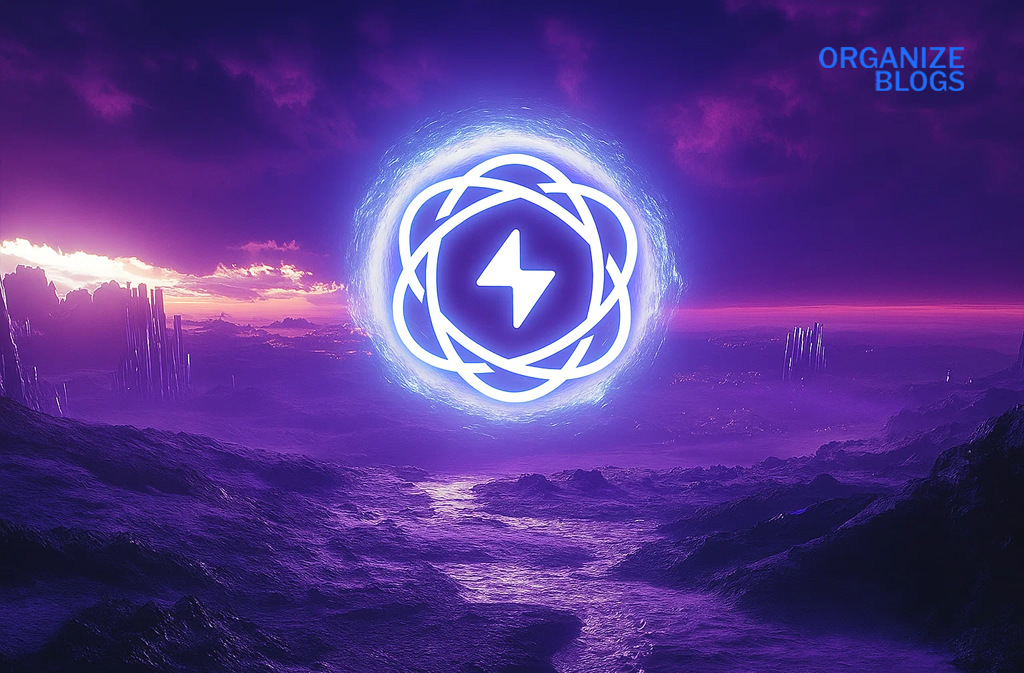Lightchain AI is becoming one of the most talked-about topics in technology. At its core, it combines artificial intelligence with powerful tools like smart contracts, network security, and model training. Because of this mix, Lightchain AI is opening new doors in both research and real-world applications. Many people are curious about how this system works, and even more are asking what it means for the future.
When we look at the world of artificial intelligence, many projects make big promises but fail to connect with daily life. However, Lightchain AI aims to change this. It does not just focus on theory; instead, it works toward practical solutions that can help individuals and businesses. With an idea like proof of intelligence, it shows that machines can reach new levels of learning while still staying connected to the needs of humans.
Table of Contents
What is and Why Does It Matter?
Lightchain AI is more than just another name in the AI industry. It represents a step toward smarter, safer, and more useful artificial intelligence. Unlike traditional tools, it combines blockchain concepts with AI development. This combination makes it strong in areas such as trust, transparency, and automation.
One important feature is its ability to support smart contracts. These digital agreements allow two or more parties to work together without needing a middleman. With Lightchain AI, smart contracts become even smarter, because the system can check and learn from data. As a result, agreements are not only automatic but also intelligent.
How Connects to Real-World Solutions
While many AI systems stay trapped inside a virtual machine, Lightchain AI moves beyond theory. It is designed for real-world use. From financial systems to healthcare, its applications are wide and growing. For example, banks can use it to secure digital transactions, while hospitals can use it for model training in patient care.
In the real world, security is always a challenge. Lightchain AI plays an important role in network security, making sure that sensitive information stays safe. Because it combines artificial intelligence with blockchain, it can both detect and prevent problems. This is a major step toward protecting digital systems in everyday life.
The Idea of Proof of Intelligence
One unique feature in this technology is the concept of proof of intelligence. While many people have heard of proof of work in cryptocurrency, this idea is different. Instead of proving that a computer solved a difficult puzzle, it shows that the system has reached a certain level of intelligence. This allows users to trust the system more because it proves that the AI is actually learning.
In addition, proof of intelligence can support tasks like verifying smart contracts. It ensures that the artificial intelligence has learned enough to make fair and accurate choices. As digital tools continue to grow, this will become more important in the real world. People and companies will want to depend on intelligent systems that can provide reliable results.
The Role of Smart Contracts in Modern AI Systems
Smart contracts have become very popular in recent years, especially in the world of digital finance. With Lightchain AI, these contracts are taken to a higher level. Because the system uses artificial intelligence, it can adapt contracts to new situations. For example, a business deal can be updated automatically if conditions change.
Another major advantage is fairness. Smart contracts reduce the chance of cheating because they are coded into the system. Lightchain AI adds another layer of trust, since the AI itself can check the data. This makes agreements safer and more reliable, especially when large sums are involved. Some projects even talk about 21 million digital assets being secured by such technology.

AI System and Model Training for the Future
Artificial intelligence becomes powerful only when it is trained well. Lightchain AI focuses strongly on model training. This means feeding large amounts of data into the system so it can learn patterns. Over time, the AI becomes smarter, faster, and more accurate.
In the real world, model training has many uses. For example, it can help doctors diagnose diseases by comparing patient data. It can also help teachers understand student needs by analyzing classroom results. With Lightchain AI, model training becomes even more effective, since the system can adapt and grow continuously.
Network Security and Lightchain AI
One of the biggest challenges today is keeping digital systems safe. Hackers are always looking for weak spots. This is where Lightchain AI shows its strength. Because it combines artificial intelligence with blockchain ideas, it can protect systems in ways that traditional methods cannot.
For instance, Lightchain AI can watch over a network in real time. If it notices something unusual, it can take action instantly. This helps stop problems before they become serious. For businesses, this means less risk of losing data. For individuals, it means peace of mind while using digital tools.
Real-World Impact of Lightchain AI
It is easy to talk about artificial intelligence in theory, but the real value is in its impact on daily life. Lightchain AI is already being tested in industries like finance, healthcare, and education. By providing smarter contracts, safer networks, and better training models, it is showing how AI can be useful beyond the lab.
In the long run, technologies like Lightchain AI could even change how we understand work and learning. Machines will not only follow commands but also make informed choices. This can lead to faster decisions, fewer mistakes, and more reliable results in the real world.
The Future of Lightchain AI
Looking ahead, Lightchain AI has the potential to grow in many directions. Developers are already exploring new ways to make it stronger and more flexible. As AI development continues, the demand for tools that combine intelligence with trust will increase. Lightchain AI fits perfectly into this trend.
At the same time, challenges will remain. Questions about privacy, fairness, and control will continue to appear. However, by focusing on proof of intelligence, model training, and network security, Lightchain AI is well-prepared to handle these issues. Its future looks bright, and many experts believe it will become a key player in artificial intelligence.
Conclusion: Why Lightchain AI Matters Today
Lightchain AI is not just a buzzword. It is a system that brings together artificial intelligence, blockchain, and real-world problem solving. By supporting smart contracts, improving network security, and focusing on model training, it offers practical solutions for modern challenges.
As technology keeps advancing, Lightchain AI may become part of our daily lives. Whether we are signing a digital contract, securing online data, or training a model for healthcare, its influence will be clear. In short, Lightchain AI is helping shape a smarter and safer future.

FAQs
1. What is Lightchain AI?
Lightchain AI is a technology that mixes artificial intelligence with blockchain ideas. It helps create smarter systems that can handle real-world problems like network security, smart contracts, and model training.
2. How does use smart contracts?
Smart contracts are digital agreements that run automatically. With AI, these contracts become even smarter because artificial intelligence can check the data and make fair decisions without needing a middleman.
3. Why is important for network security?
Network security is a big challenge in the digital world. Lightchain can watch systems in real time and stop threats before they grow. Because it combines AI development with blockchain, it adds an extra layer of safety.
4. What does proof of intelligence mean in Lightchain?
Proof of intelligence is a new idea that shows the AI has actually learned something useful. Instead of just solving puzzles like proof of work in crypto, Lightchain AI proves that its artificial intelligence can think and adapt.
5. Where can be used in the real world?
Lightchain AI can be used in many areas, such as healthcare, finance, and education. For example, it can train models to help doctors, protect online banking with strong security, and support teachers by analyzing learning data.
Visit our website: Organize Blogs

